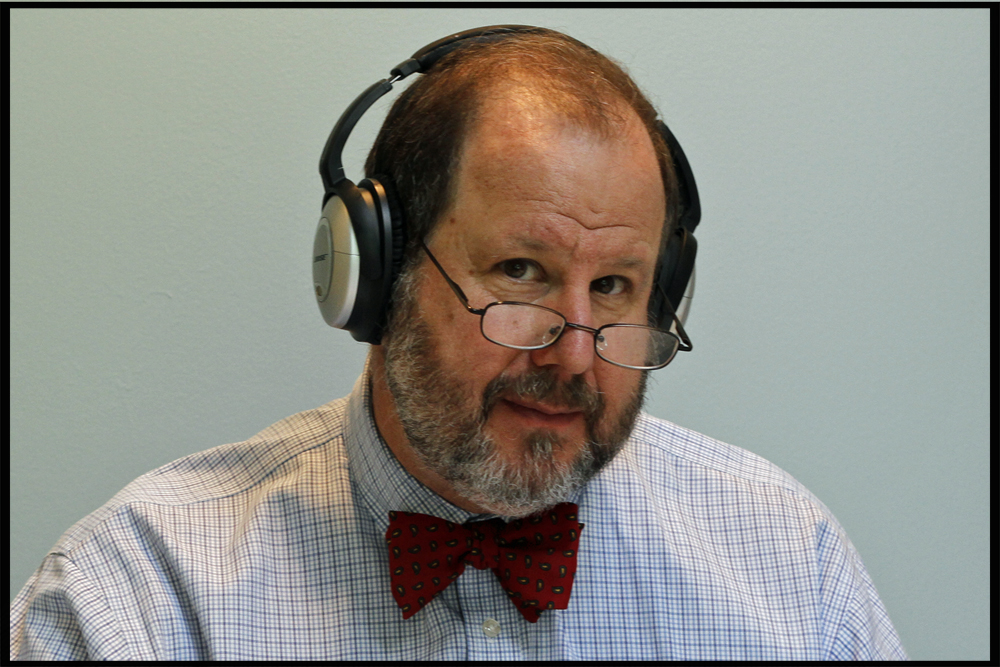
Podcast: Play in new window | Download
Today, I’m diving into a fascinating article by Scott Zimmerman and Russel J. Reiter, titled Melatonin and the Optics of the Human Body, published in Melatonin Research (2019). This piece flips the script on what we thought we knew about melatonin, light, and how our bodies interact with the sun’s rays. It’s a game-changer, especially for how we think about kids’ health in our modern, screen-filled indoor living world.
First, what is melatonin? Melatonin is a hormone made from the essential amino acid, tryptophan. It was first isolated from a cow’s pineal gland. It is an old molecule as primitive bacteria made melatonin probably 2.5 billion years ago. Its synthesis in bacteria and eukaryotes is a common linkage. Most of us know that melatonin is the “sleep hormone,” produced by the pineal gland in the brain when it gets dark at night, signaling to our bodies that it’s time to wind down and prepare to sleep. It’s the chemical expression of darkness, driving our circadian rhythms and helping us catch those precious brain cleansing moments. Zimmerman and Reiter argue that this is only half the story or maybe even less than half. For decades, research has hyper-focused on pineal melatonin that is regulated by visible light hitting our retinas. Blue visible spectrum light in the early morning suppresses pineal melatonin, which is why we should dim those screens before bed. But here’s where it gets interesting, the pineal gland isn’t the only place melatonin is made, and darkness isn’t its only trigger. Our bodies are producing melatonin in ways we’re just starting to understand, and it’s tied to light in a way that was unexpected and evolutionarily fascinating. As with all things in science and evolution, we learn what we did not know and it all makes sense once the aha moment occurs…. and a literature review. Oh and a recipe.
Dr. M












